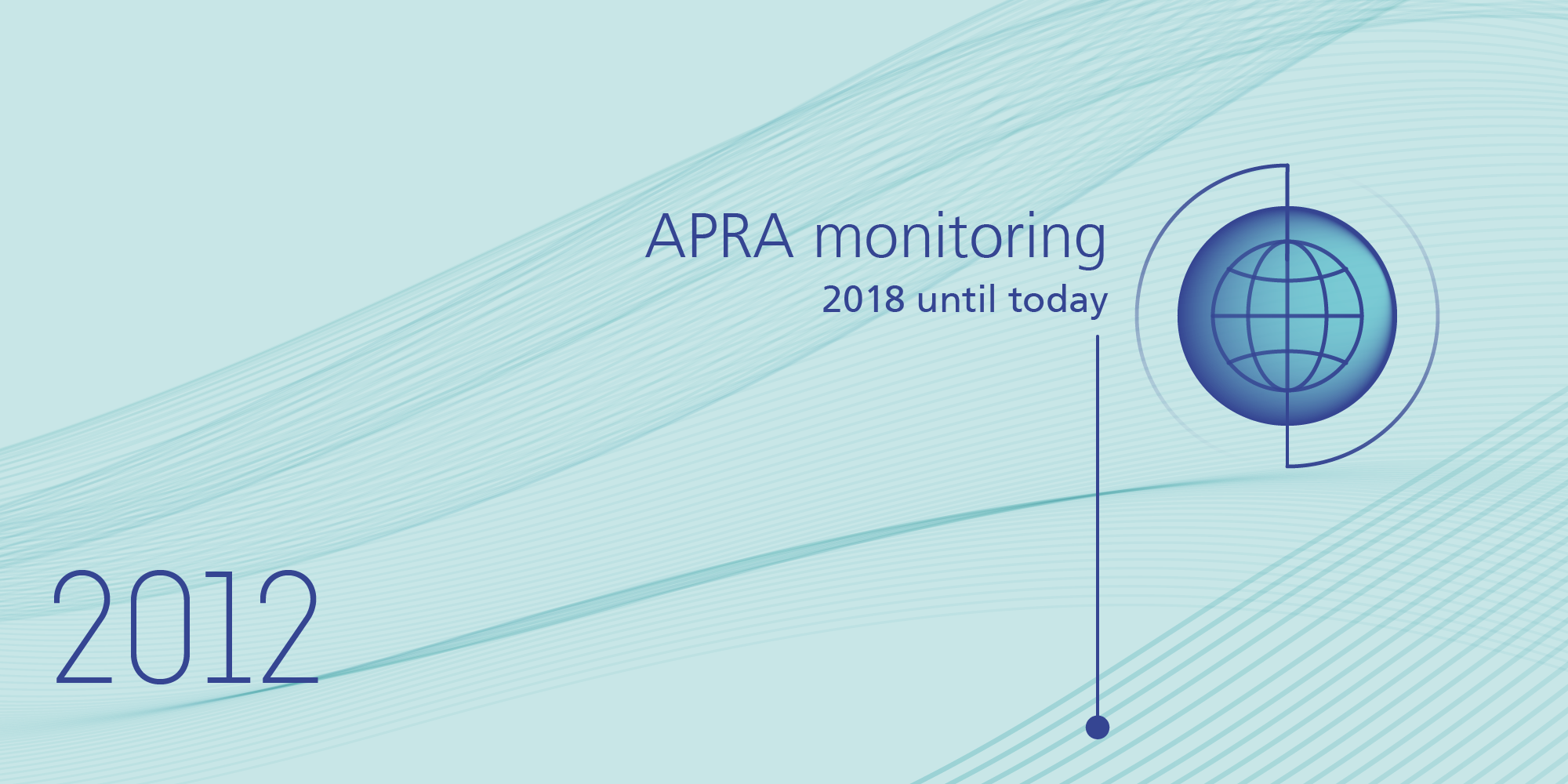Frietsch, R.; Reiß, T.; Schmoch, U. (2024): Development of Innovation Monitoring and Innovation Indicators in the Past 50 Years. In: Edler, J.; Walz, R. (Ed): Systems and Innovation Research in Transition. Research Questions and Trends in Historical Perspective. Cham: Springer.
Five decades of innovation monitoring
Development of innovation monitoring and indicators during the last 50 years
In the 1930s and 1940s, the USA in particular had already begun systematically analyzing innovation processes and how to manage them, as well as giving conceptual consideration to their formation and effects, with economists and sociologists at the forefront of this approach. Meanwhile, Europe was lagging behind.
In the 1970s, worldwide innovation research emerged as a discipline and innovation research institutes — the earliest of which included Fraunhofer ISI — got off the ground. From the very beginning, innovation indicators were a driving force of the young discipline.
For more than 30 years, innovation research and innovation indicators followed what we call the “R&D paradigm” — a representation of innovation activities in industry R&D departments, mainly found in large multinational enterprises. This resulted in the development and use of indicators that allowed in-depth analysis of R&D inputs and outputs in industry.
New data sources open up new possibilities
With the availability of large data sources — which had not yet acquired the name “big data” in the early years — and the capacity to process them in the first decade of the new millenium, an emancipation from the R&D paradigm accelerated and shifted the focus not only to the service sector, but also to other aspects of the innovation process.
This article in our anthology starts from the development of innovation indicators in the early years, emphasizes the contributions by pioneers in the field and describes the core indicators of the time. With the establishment of the innovation systems approach in the 1990s, a wider perspective became necessary in the case of innovation indicators too, and increasing computing power plus more extensive data accessibility widened the scope. We finish with an outlook on current and future developments.
Innovation monitoring at Fraunhofer ISI: Five projects from five decades
Swipe through the years
Layout: Renata Sas; Icons: Anatolii Babii/creativemarket, Renata Sas




